Rigid Thinking in Autism
Unlocking rigidity in autism - understand, address, and support cognitive flexibility for a better quality of life.

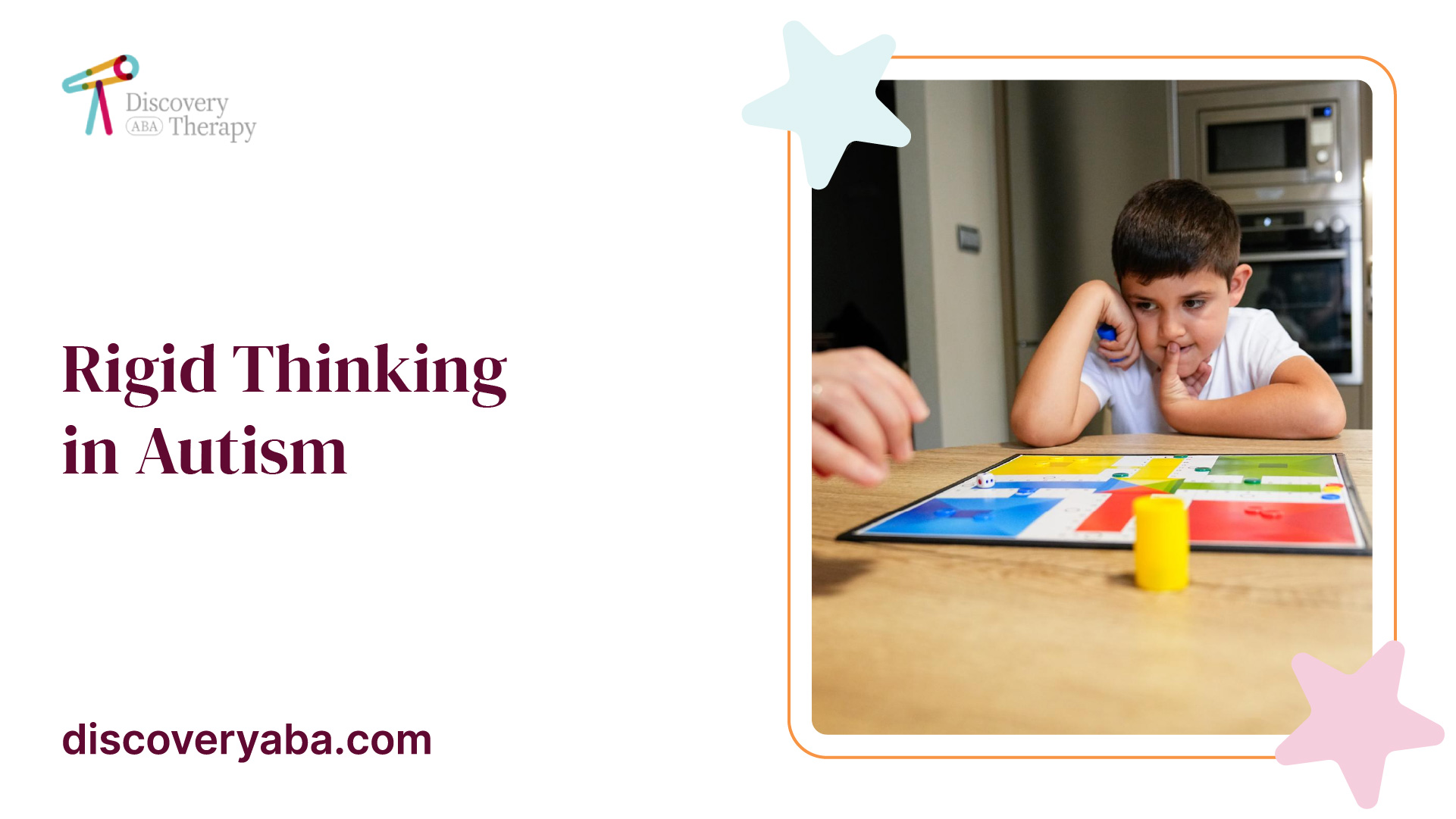
Understanding Rigidity in Autism
Rigidity in thinking and behavior is a core characteristic of autism spectrum disorder (ASD). Individuals with autism often exhibit a lack of flexibility in their thoughts and approach to life, which can manifest as difficulty with change, inflexible thoughts, and a strong desire to maintain sameness in daily rituals. This section will delve into the definition and characteristics of rigidity in autism, as well as its impact on daily life.
Definition and Characteristics
Rigidity refers to the inflexible thinking patterns and behaviors commonly observed in individuals with autism. It is characterized by a preference for routine, resistance to change, and a need for predictability in their environment. Children with ASD may insist on sameness and have highly restricted, fixated interests, which are part of the diagnostic criteria for ASD.
The rigidity in thinking and behavior exhibited by individuals with autism can manifest in various ways. They may have difficulty adapting to new situations or transitions, struggle with problem-solving, and find it challenging to consider alternative perspectives. For example, a change in routine or unexpected events may cause significant distress or anxiety. Additionally, individuals with autism may exhibit repetitive behaviors or engage in rituals to maintain a sense of control and reduce anxiety [1].
Impact on Daily Life
The impact of rigidity in autism extends to various aspects of daily life. It can affect social interactions, academic performance, and overall adaptive functioning. Rigid thinking patterns may hinder the development of flexible problem-solving skills and adaptive strategies, making it challenging to navigate novel situations or respond effectively to unexpected changes.
In educational settings, rigidity can manifest as difficulties with transitions between activities or resistance to new learning tasks. Students with autism may struggle to adapt to changes in classroom routines or have difficulty shifting their attention from one task to another. This rigidity can impact their ability to fully participate in academic activities and hinder their overall educational progress.
In social situations, individuals with autism may find it challenging to understand and respond appropriately to social cues or changes in social expectations. They may have difficulty adapting their behavior to different social contexts, leading to difficulties in forming and maintaining friendships. The impact of rigidity on social interactions can create additional barriers to social integration and can contribute to feelings of isolation or exclusion.
It is important to recognize and understand the impact of rigidity in autism to provide appropriate support and interventions. By addressing rigidity and promoting flexibility in thinking and behavior, individuals with autism can develop adaptive skills that enhance their overall quality of life. Strategies for addressing rigidity and fostering cognitive flexibility will be discussed in the subsequent sections of this article.
Cognitive Inflexibility in Autism

Individuals with autism often experience cognitive inflexibility, which can manifest as challenges with new information and difficulty with change. These aspects of cognitive rigidity impact their approach to daily life and social interactions. It's important to understand these challenges in order to provide appropriate support.
Challenges with New Information
Cognitive inflexibility in autism can result in difficulties when processing and incorporating new information. Individuals may struggle to adapt their existing thoughts and beliefs in light of new knowledge. This can lead to a preference for concrete, literal, and absolute thinking, making it challenging to consider different perspectives or grasp abstract concepts [1].
Children with autism may exhibit a strong preference for routine and resist new experiences, which can hinder their ability to learn and explore new ideas. The tendency to adhere strictly to rules or rituals further contributes to the challenges with incorporating new information.
Difficulty with Change
Another aspect of cognitive inflexibility in autism is the difficulty with change. Individuals with autism often exhibit a preference for predictability and struggle with transitions or unexpected deviations from their routines. Changes in routine can lead to anxiety and meltdowns, as they find comfort and security in familiar patterns.
The cognitive rigidity associated with autism is characterized by traits such as rigid and inflexible beliefs, black and white expectations, and a tendency to view the world in a concrete and literal manner. This mindset creates challenges when faced with changes or the need to adapt to new situations [3].
Understanding the challenges individuals with autism face regarding new information and change is pivotal in providing effective support. By recognizing and addressing cognitive inflexibility, interventions can be tailored to promote cognitive flexibility and facilitate smoother transitions in daily life.
Strategies for Addressing Rigidity

Addressing rigidity in individuals with autism requires a comprehensive approach that focuses on understanding the root causes of rigidity, managing sensory issues, and promoting cognitive flexibility. Here are two key strategies that can be effective in addressing rigidity:
Root Cause Analysis
Understanding the underlying reasons for rigidity is an essential step in developing effective interventions. Conducting a root cause analysis involves examining the triggers and patterns of rigid behavior to identify the specific factors contributing to rigidity. This analysis can help professionals and caregivers gain insights into the individual's unique challenges and tailor interventions accordingly.
By identifying the root causes, such as sensory sensitivities, anxiety, or difficulties with transitions, targeted strategies can be implemented to address these specific challenges. For example, if sensory issues are a contributing factor, creating a sensory-friendly environment and providing sensory supports, such as weighted blankets or noise-cancelling headphones, can help individuals better manage their sensory sensitivities.
Managing Sensory Issues
Sensory issues often coexist with rigidity in individuals with autism. Sensory sensitivities can lead to discomfort and distress, triggering rigid behavior as a coping mechanism. Managing sensory issues is crucial in addressing rigidity and promoting flexibility.
Implementing sensory strategies can help individuals regulate their sensory experiences and reduce sensory overload. This may involve creating a calm and predictable environment, using visual schedules or social stories to prepare for sensory-rich situations (preparing for travel with autism), and providing sensory breaks or incorporating sensory activities into daily routines. By addressing sensory challenges, individuals with autism can feel more comfortable and be better equipped to adapt to new situations.
Interventions that target rigidity and cognitive inflexibility, such as Cognitive Behavioral Therapy (CBT) and the Social Thinking® Methodology, can also be beneficial in promoting cognitive flexibility [2]. These evidence-based practices help individuals with autism identify and challenge rigid thinking patterns, develop adaptive thinking skills, and learn strategies to cope with change and uncertainty.
It's important to note that addressing rigidity in autism is a lifelong process. While interventions can have a positive impact, it's crucial to recognize that rigidity may still be present to some degree. Therefore, ongoing support and treatment approaches should be tailored to the individual's specific needs and may involve a combination of therapies, strategies, and accommodations [1].
Assessing cognitive flexibility in individuals with autism is paramount in understanding their thinking patterns and tailoring interventions. Diagnostic tools like the Flexibility Scale (FS) evaluation can provide insights into specific areas requiring intervention and support [2]. By utilizing these tools and implementing individualized interventions, professionals can help individuals with autism develop adaptive thinking skills and enhance their cognitive flexibility.
In summary, addressing rigidity in autism requires a multi-faceted approach that includes conducting root cause analysis, managing sensory issues, and implementing evidence-based interventions. By understanding the underlying factors contributing to rigidity and providing targeted support, individuals with autism can develop greater cognitive flexibility and improve their ability to navigate the challenges of daily life.
Interventions for Cognitive Flexibility
Addressing rigid thinking in individuals with autism requires targeted interventions that promote cognitive flexibility. Two effective approaches for fostering cognitive flexibility in individuals with autism are Cognitive Behavioral Therapy (CBT) and the Social Thinking® Methodology.
Cognitive Behavioral Therapy (CBT)
Cognitive Behavioral Therapy is a highly effective therapeutic intervention for addressing common cognitive distortions in autism, including black and white thinking. Through CBT, individuals with autism can learn to identify their rigid thinking patterns and develop strategies to challenge and reframe them, ultimately promoting cognitive flexibility [2].
CBT focuses on identifying and changing negative thought patterns and behaviors, promoting more flexible thinking and adaptive coping strategies. It helps individuals with autism recognize and challenge their rigid beliefs, providing them with the tools to approach situations with a more open and flexible mindset. CBT is often conducted through individual or group therapy sessions, where individuals work with a trained therapist to address their specific cognitive challenges [4].
Social Thinking® Methodology
The Social Thinking® Methodology, designed by Michelle Garcia Winner, offers strategies to help individuals with autism manage social challenges by focusing on social attention, interpreting social context, and problem-solving to respond appropriately. This methodology aims to prevent failure, frustration, anxiety, and mistreatment by promoting social thinking and flexible behavior.
The Social Thinking® Methodology provides individuals with autism with tools and frameworks to understand social situations, interpret nonverbal cues, and navigate social interactions more effectively. It emphasizes the development of flexible thinking patterns and problem-solving skills. By building social awareness and perspective-taking abilities, individuals with autism can enhance their cognitive flexibility and adaptability in social contexts.
Both Cognitive Behavioral Therapy and the Social Thinking® Methodology offer valuable interventions for individuals with autism who struggle with rigid thinking. These approaches provide structured support and strategies to promote cognitive flexibility, enabling individuals to navigate daily life more effectively and engage in more adaptive and flexible thinking patterns.
Long-Term Management of Rigidity
Addressing and managing rigidity in individuals with Autism Spectrum Disorder (ASD) requires a comprehensive approach that recognizes that it is a lifelong condition. While the severity and impact of rigidity may vary from person to person, ongoing treatment and support are essential to promote cognitive flexibility and enhance overall well-being.
Lifelong Condition
Rigidity is a significant aspect of ASD that affects individuals across their lifespan. It encompasses various facets such as fixed interests, insistence on sameness, inflexible adherence to routines, black-and-white mentality, intolerance of uncertainty, ritualized patterns of behavior, literalism, and discomfort with change [6]. These characteristics can profoundly impact social interactions, school or work performance, and overall well-being.
As rigidity is a lifelong condition, it is crucial to implement strategies and interventions to support individuals with ASD in managing their inflexible thinking patterns throughout different stages of life. Let's explore some treatment approaches that can be helpful.
Treatment Approaches
Treatment approaches for managing rigidity in individuals with ASD focus on promoting cognitive flexibility, enhancing adaptive skills, and improving overall functioning. Here are a few commonly used approaches:
Cognitive Behavioral Therapy (CBT)
Cognitive Behavioral Therapy (CBT) is a widely recognized and evidence-based intervention approach that can be effective in addressing rigidity in individuals with ASD. CBT aims to identify and challenge maladaptive thoughts and behaviors, promoting more flexible thinking patterns. Through structured therapy sessions, individuals learn strategies to recognize and modify rigid thinking, adapt to new situations, and manage anxiety associated with change.
Social Thinking® Methodology
The Social Thinking® Methodology is another approach used to enhance social cognition and flexibility in individuals with ASD. This methodology focuses on teaching individuals to interpret and respond to social cues, understand others' perspectives, and navigate social interactions more effectively. By developing social thinking skills, individuals can improve their ability to adapt to new situations, understand unwritten social rules, and engage in successful social relationships.
These treatment approaches should be tailored to the individual's specific needs and can be delivered by trained professionals in a variety of settings, including therapy sessions, schools, or community-based programs.
It is important to recognize that the management of rigidity in ASD is multidimensional, and a holistic approach involving individualized interventions, family support, and collaboration with healthcare professionals is crucial. Regular assessments using diagnostic tools like the Flexibility Scale (FS) can help identify specific areas requiring intervention and support [2].
By implementing long-term treatment approaches and providing ongoing support, individuals with ASD can develop greater cognitive flexibility, adaptability, and quality of life. With the right interventions, the challenges associated with rigidity can be effectively managed, allowing individuals with ASD to thrive and reach their full potential.
Assessing and Supporting Cognitive Flexibility
Assessing and understanding cognitive flexibility in individuals with autism is crucial for addressing rigid thinking patterns and providing appropriate support. Diagnostic tools play a significant role in assessing the level of rigidity and guiding interventions. Two key components of this process are diagnostic tools and individualized interventions.
Diagnostic Tools
Diagnostic tools are designed to assess and measure various aspects of rigidity in individuals with autism. These tools provide valuable insights into specific areas requiring intervention and support. One commonly used tool is the Flexibility Scale (FS), developed by Strang et al. The FS evaluates different dimensions of rigidity, such as cognitive inflexibility, insistence on sameness, and discomfort with change [6]. By utilizing diagnostic tools like the FS, professionals can gain a comprehensive understanding of an individual's rigidity profile and tailor interventions accordingly.
Other commonly used diagnostic tools for assessing rigidity and flexibility include the Autistic Diagnostic Observation Schedule-2 (ADOS-2) and the Autism Diagnostic Interview-Revised (ADI-R). These tools measure specific aspects of flexibility and executive functioning abilities, providing valuable information for diagnosis and intervention planning.
Individualized Interventions
Once rigidity has been assessed using diagnostic tools, individualized interventions can be developed to support cognitive flexibility in individuals with autism. These interventions are tailored to address the specific rigidity profile of each individual and help them navigate daily challenges more effectively.
Interventions may include strategies such as cognitive behavioral therapy (CBT) and the Social Thinking® Methodology. CBT focuses on identifying and modifying rigid thought patterns and behaviors through therapeutic techniques, helping individuals develop more flexible thinking skills. The Social Thinking® Methodology specifically targets social cognition and social problem-solving skills, aiding individuals in understanding and responding flexibly to social situations.
Individualized interventions may also involve a multidisciplinary approach, incorporating strategies from occupational therapy, speech therapy, and educational support. These interventions aim to enhance cognitive flexibility, adaptive skills, and independence in various contexts, including home, school, and community settings.
By utilizing diagnostic tools to assess rigidity and implementing individualized interventions, professionals can support individuals with autism in developing cognitive flexibility and adapting to the demands of daily life. It is important to remember that the rigidity experienced by individuals with autism is complex and multifaceted, and therefore, interventions should be tailored to meet their unique needs and strengths.
References
[2]:
[3]:
[4]:
[5]:
[6]:
Find More Articles
Contact us
North Carolina, Tennessee, Nevada, New Jersey, Utah, Virginia
New Hampshire, Maine
Massachusetts, Indiana, Arizona, Georgia
.avif)







.jpeg)
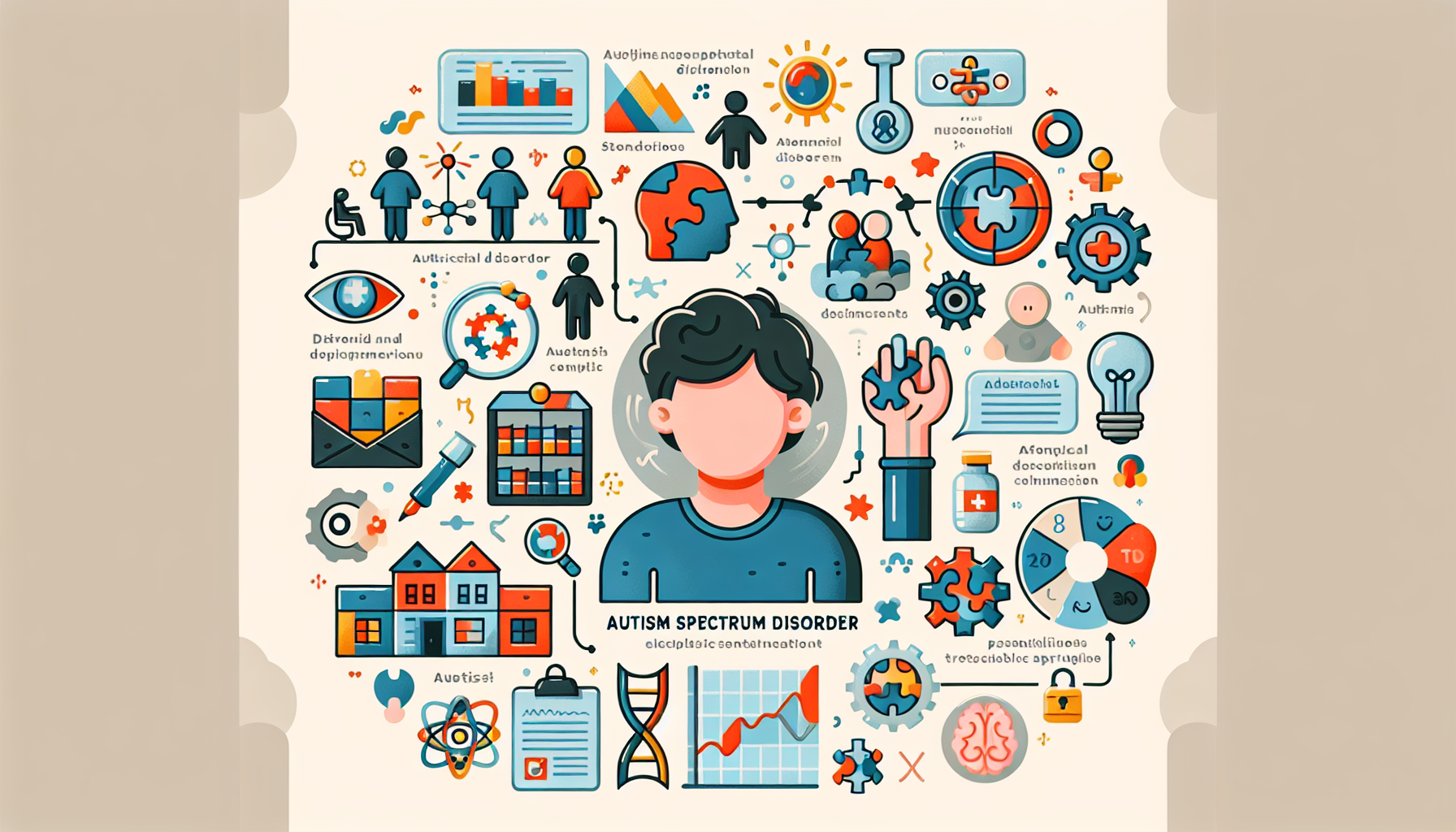


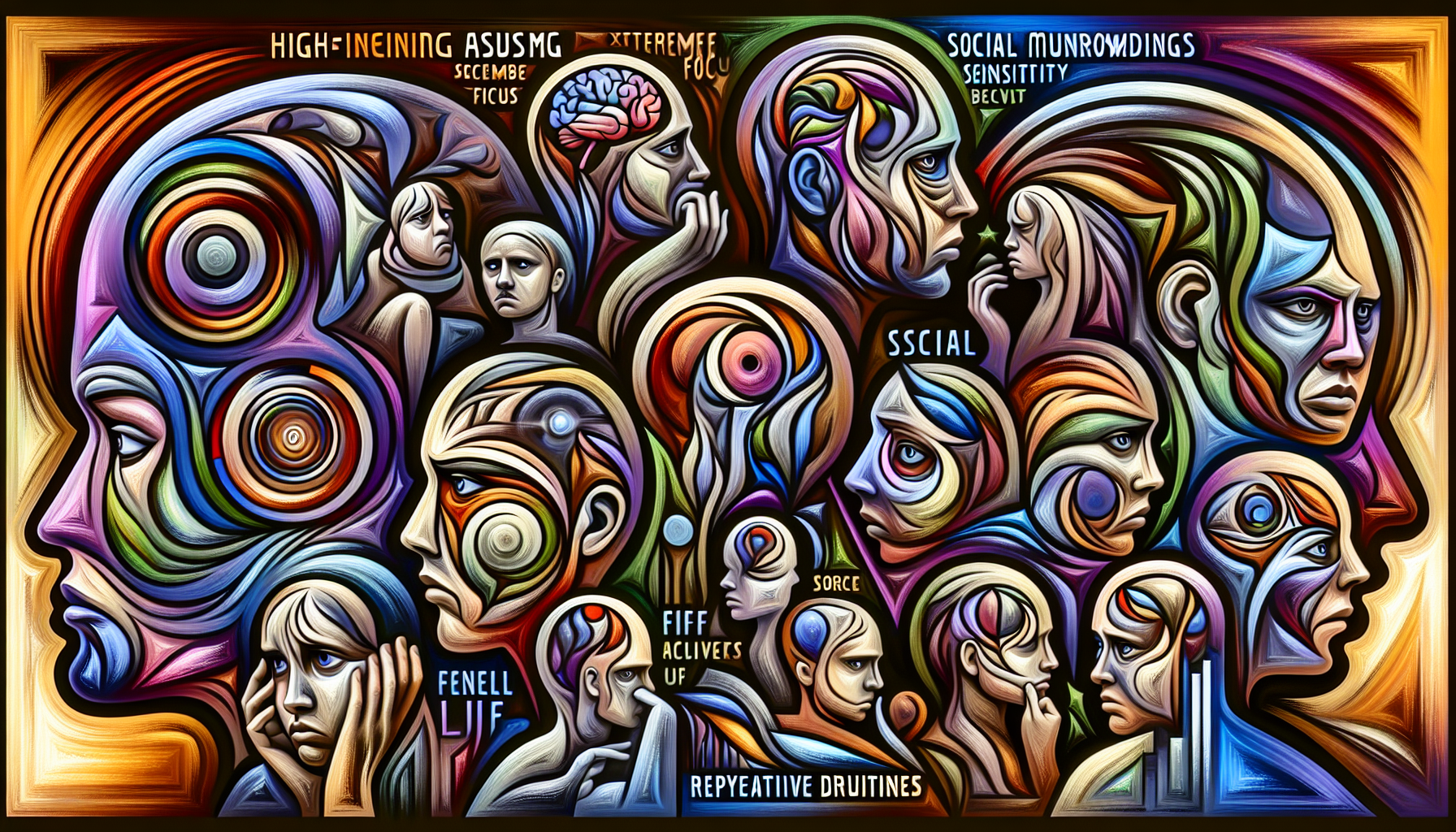

.jpeg)



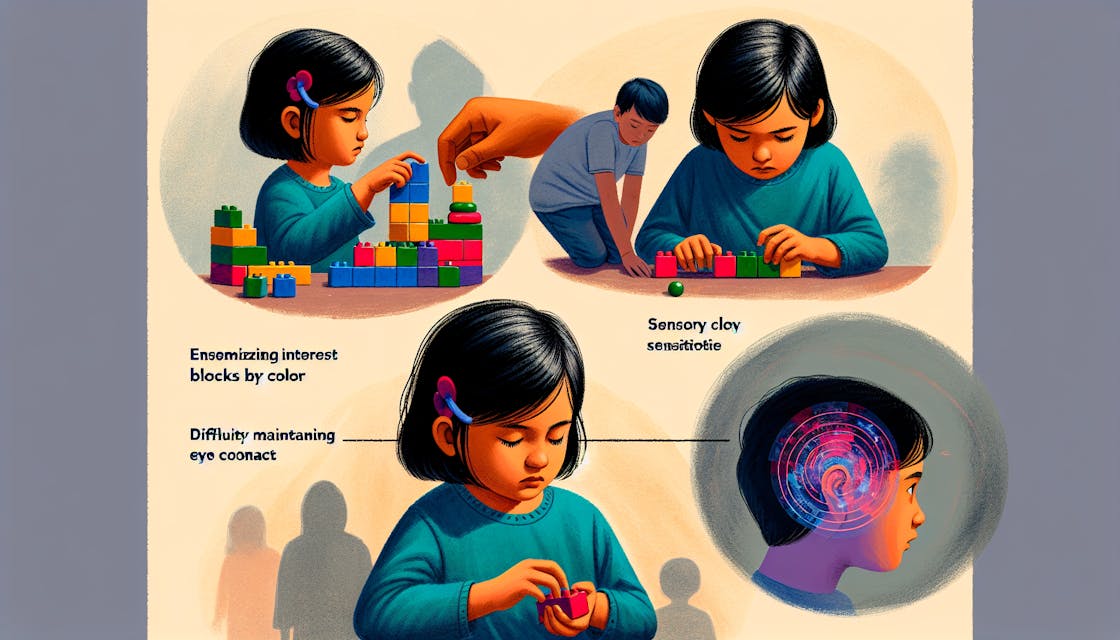
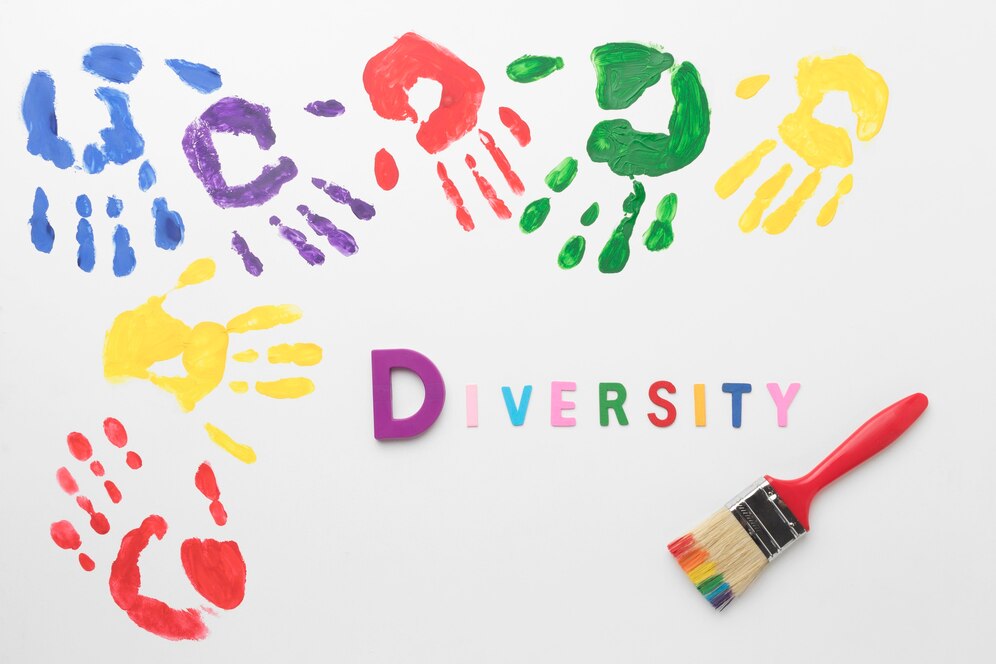

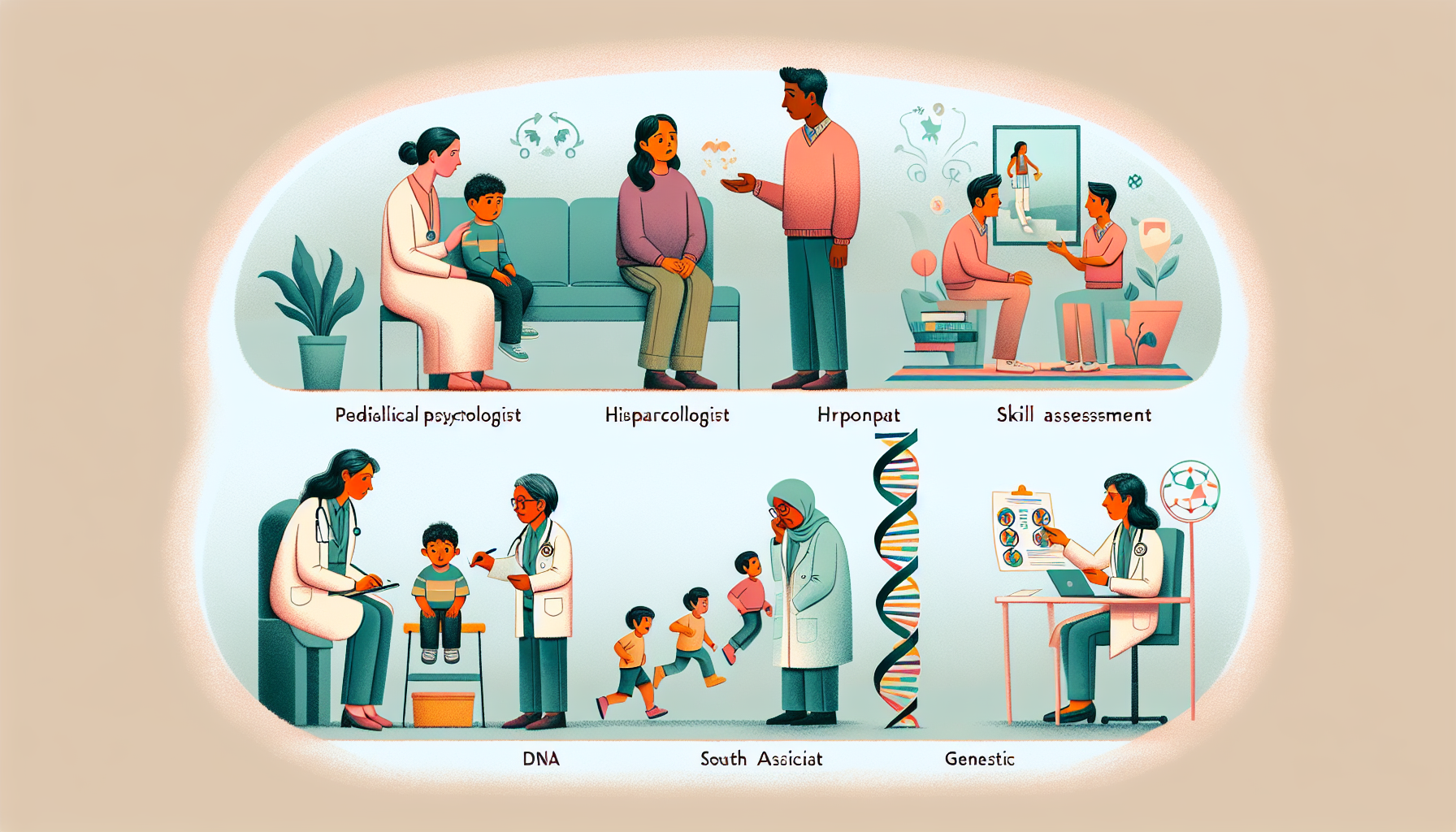


















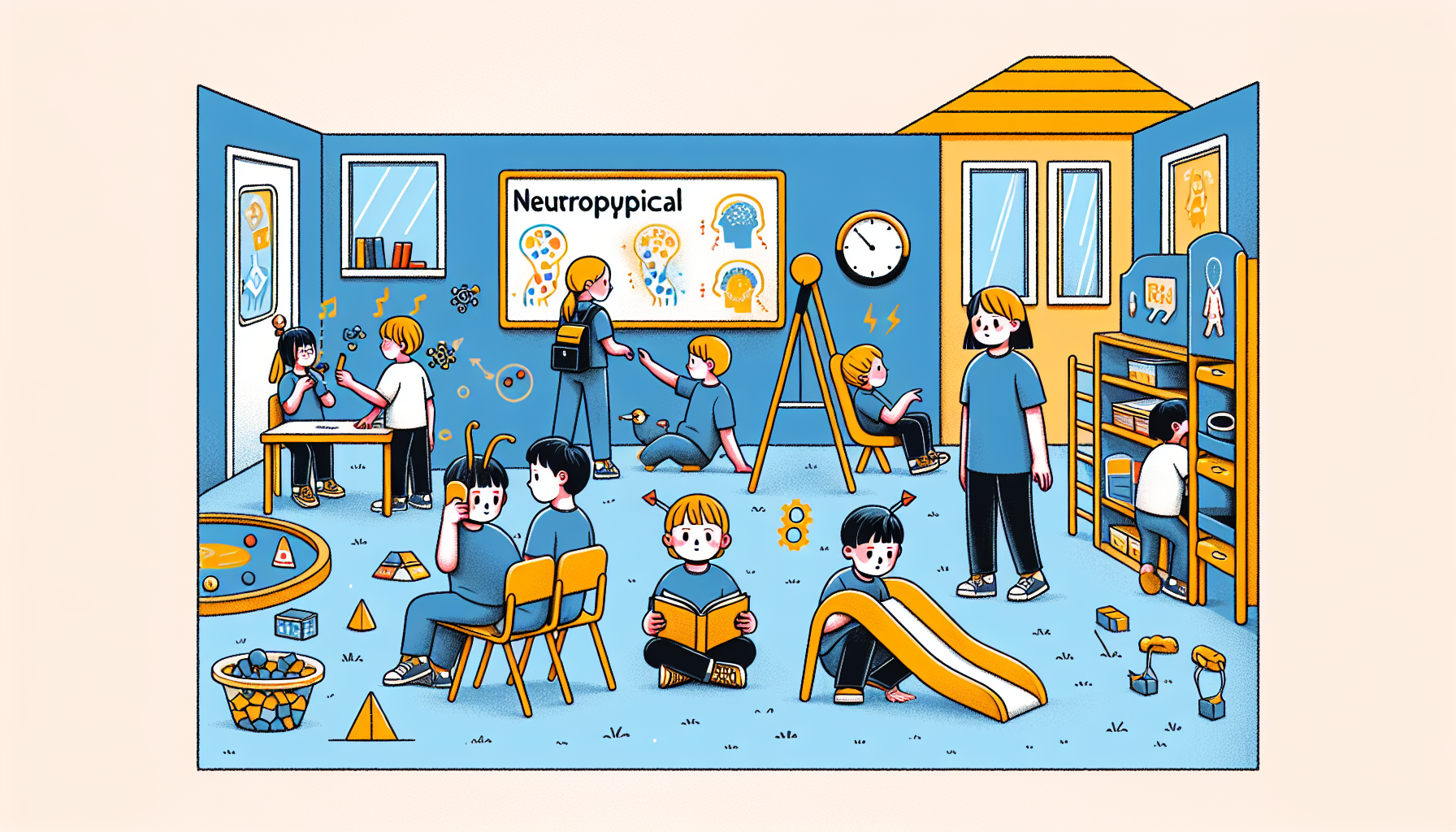



%2520(1).jpeg)

.jpeg)





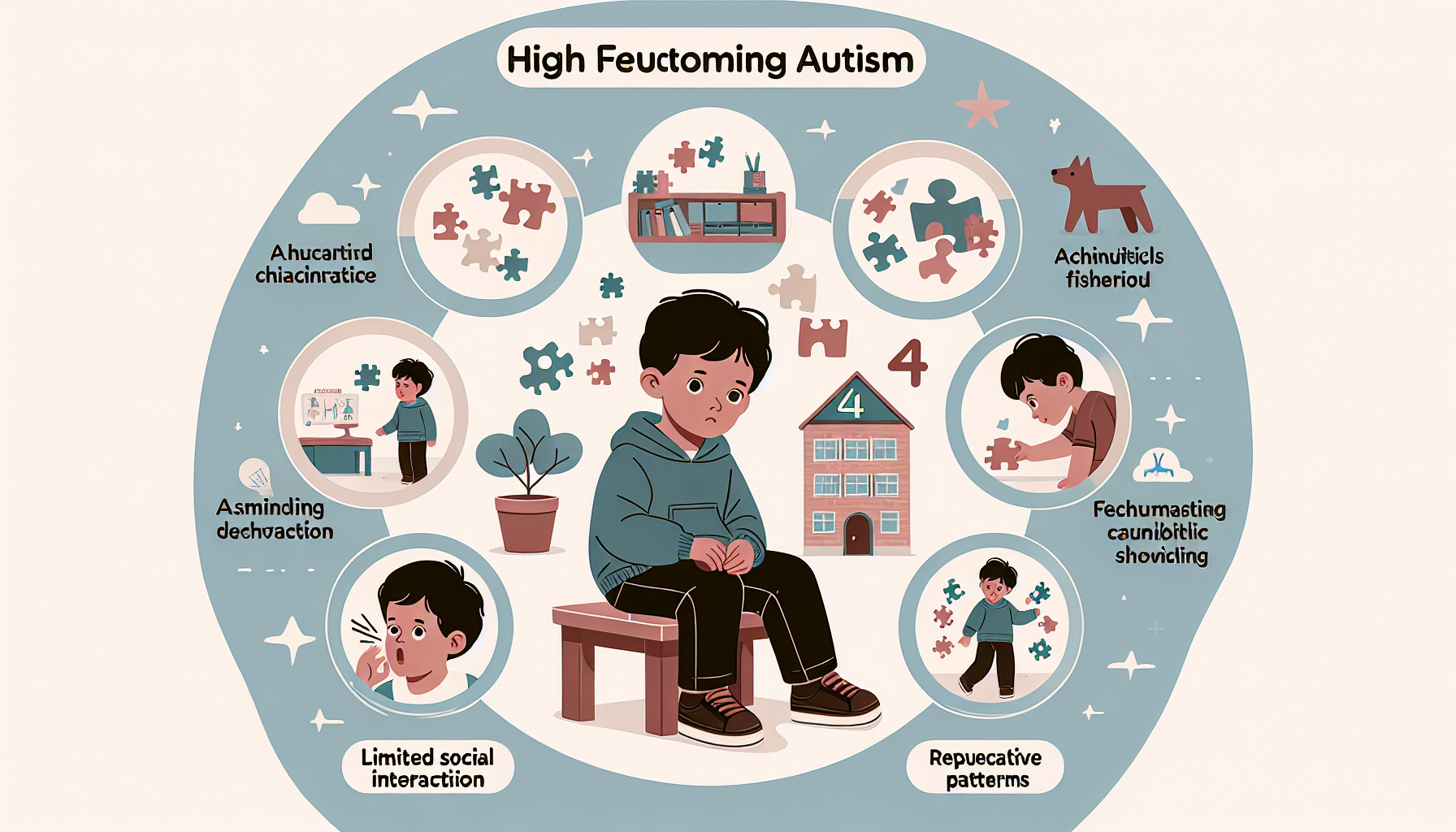






.jpeg)










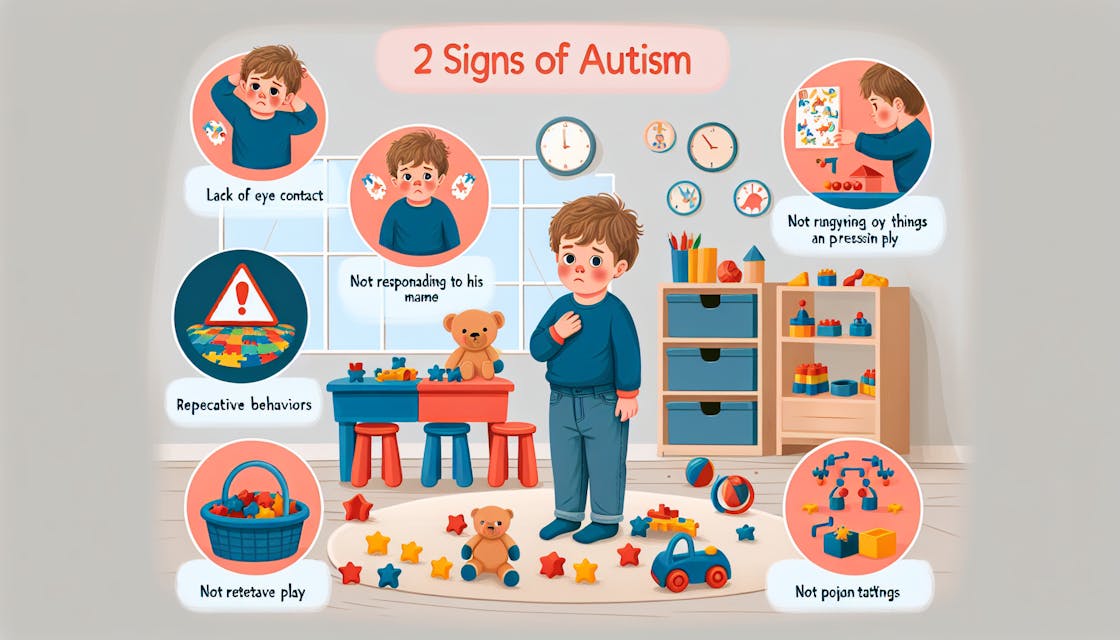
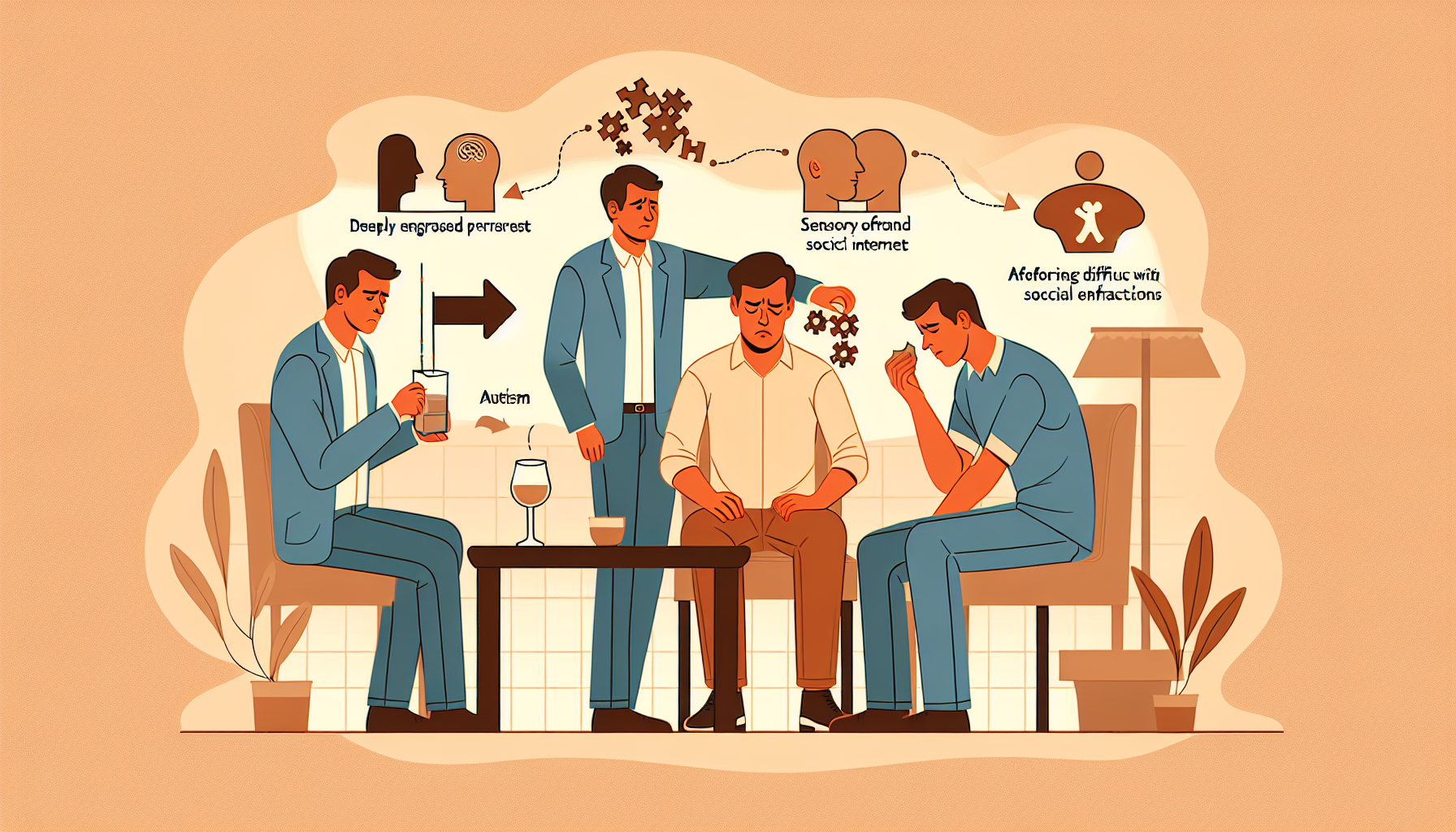

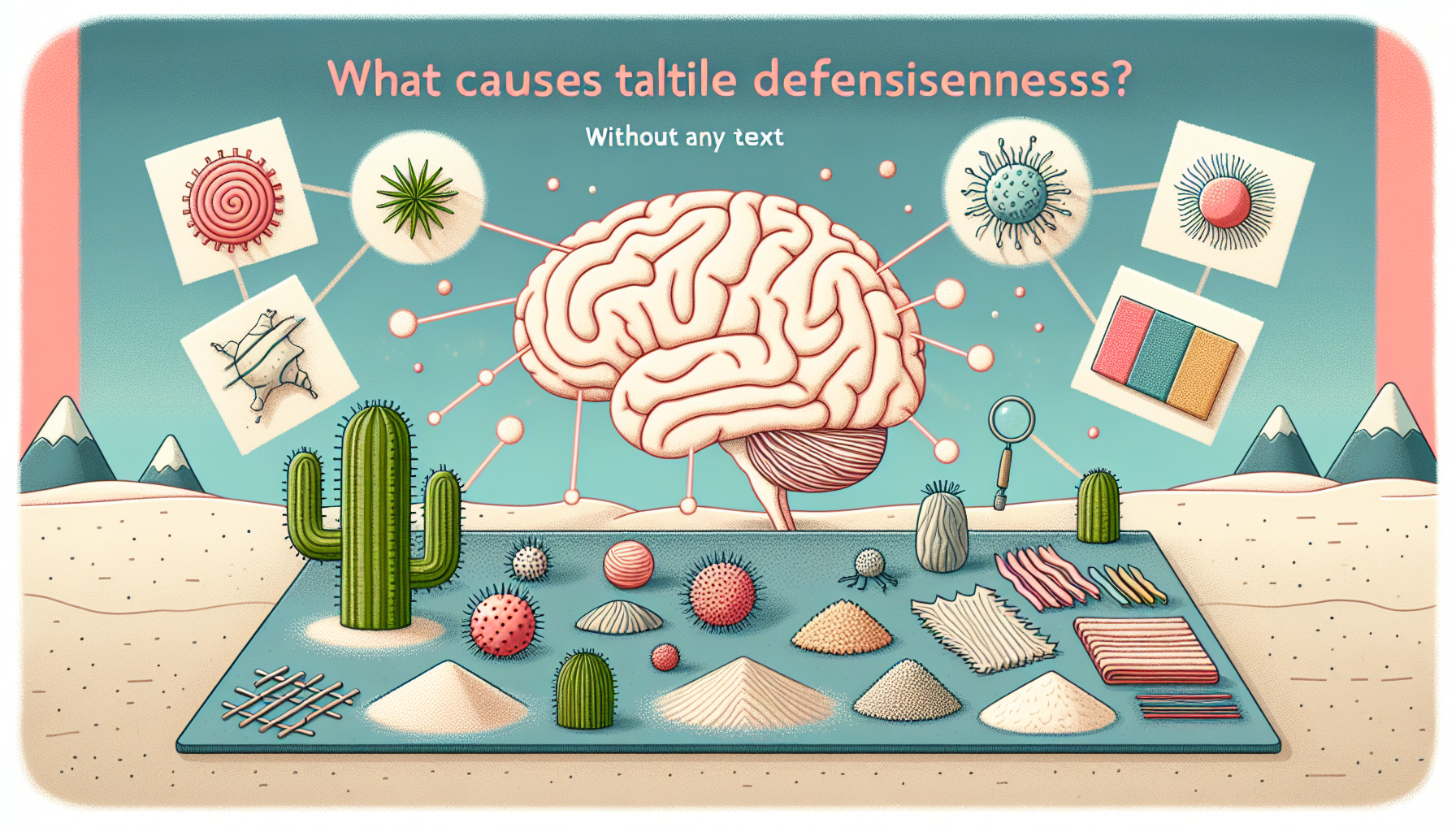




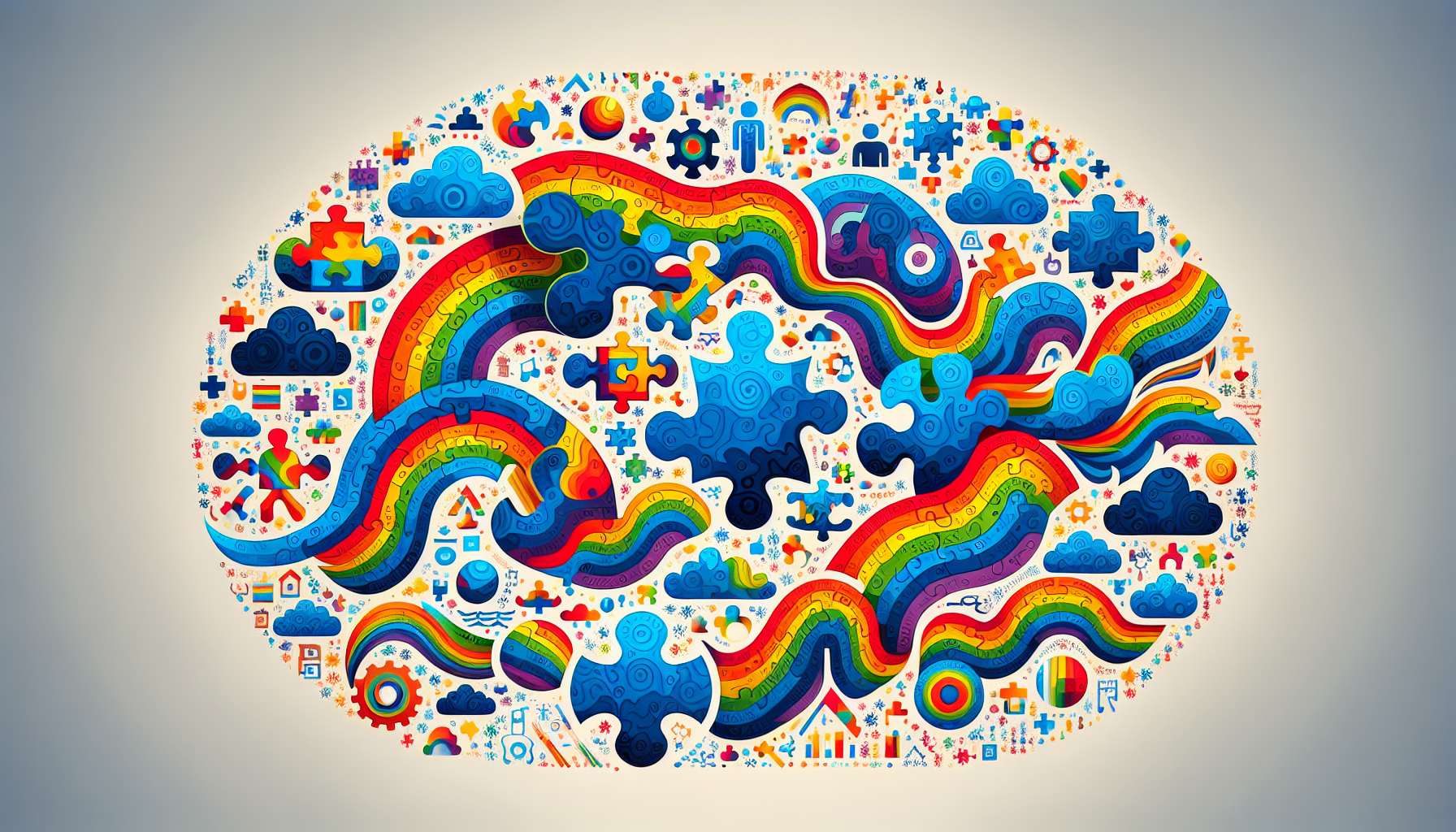
.jpeg)


.jpeg)



.jpeg)














